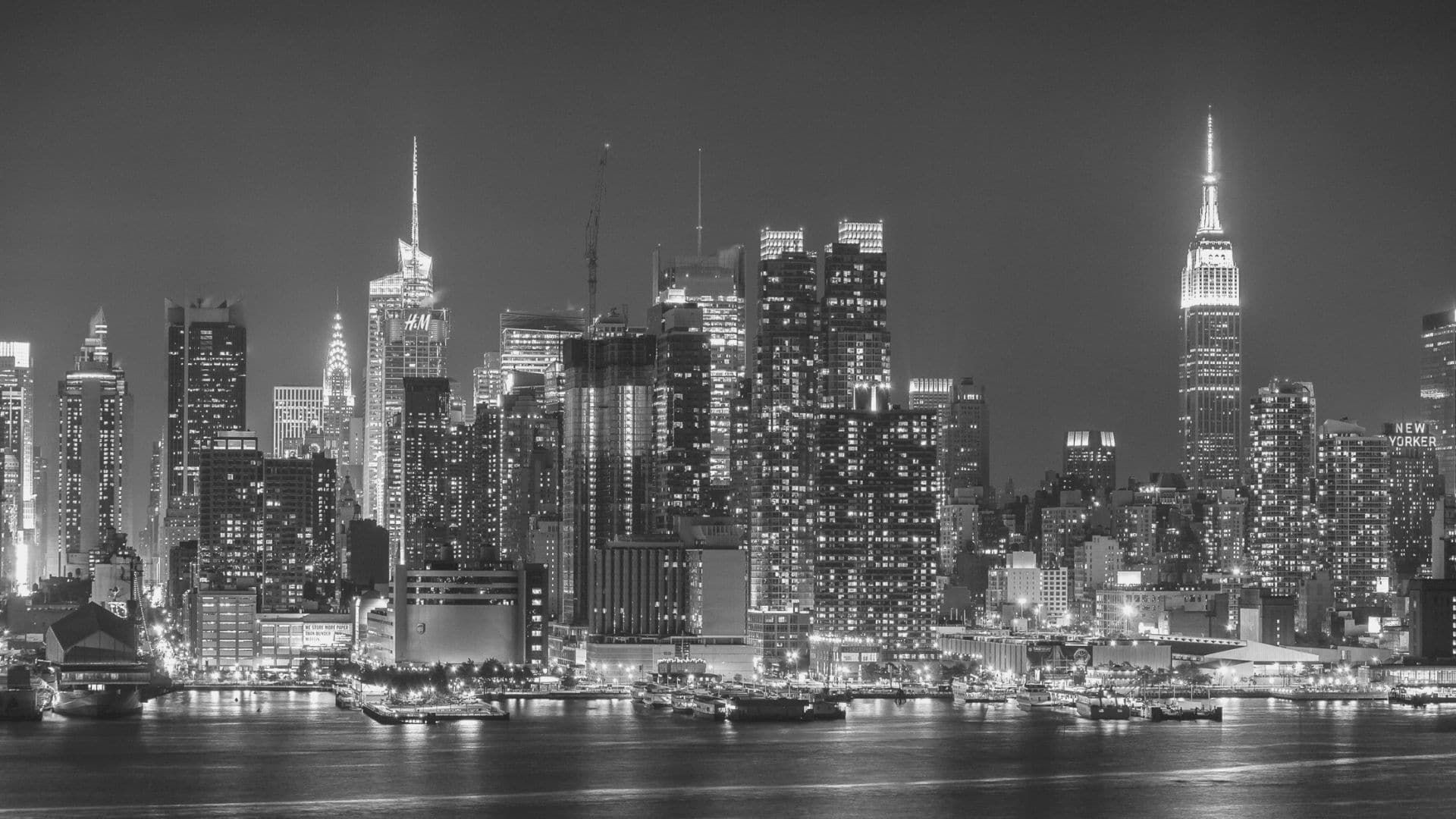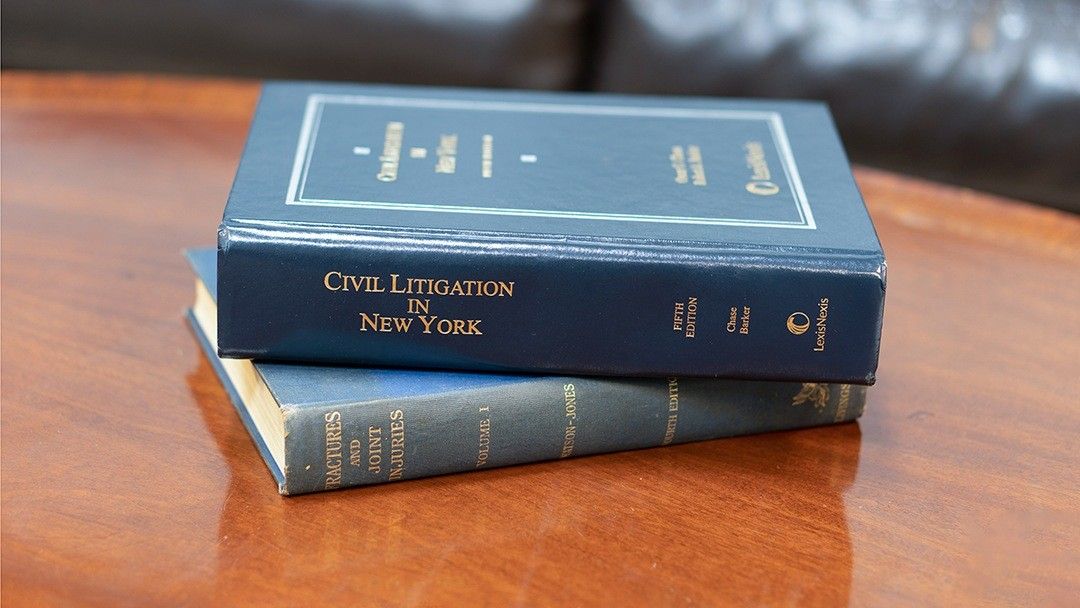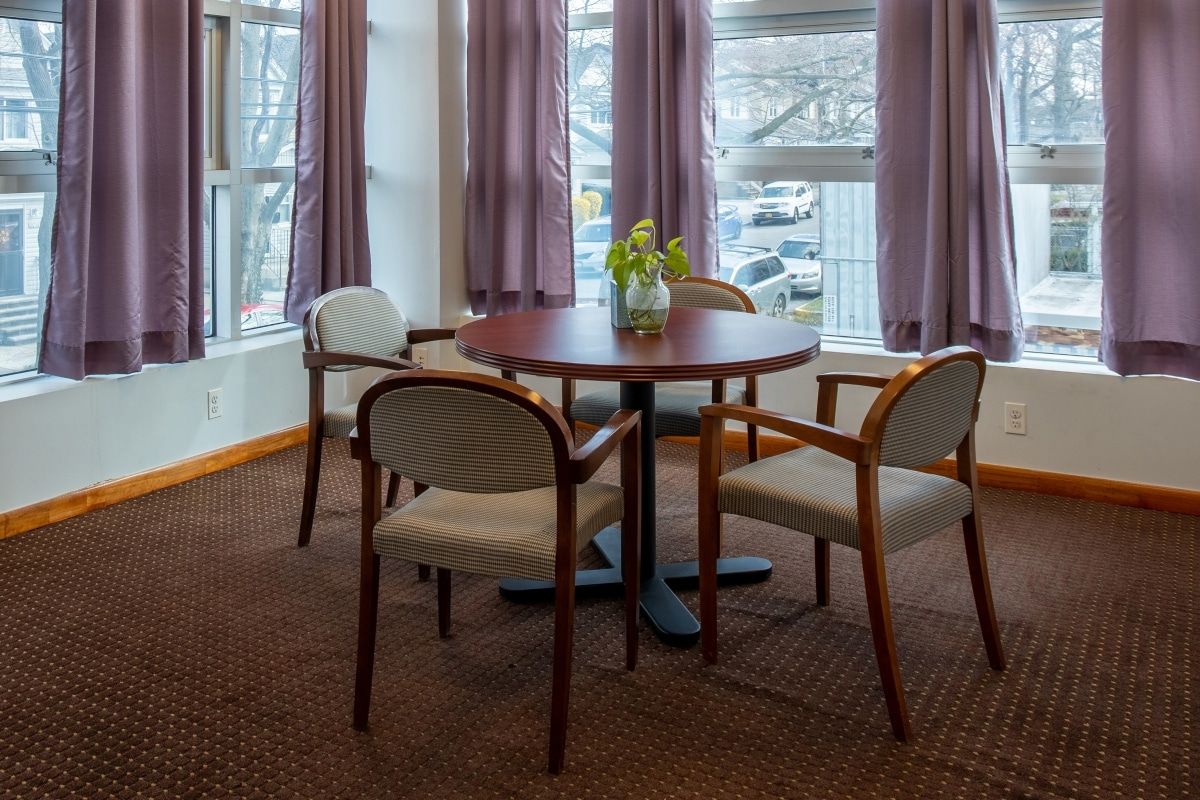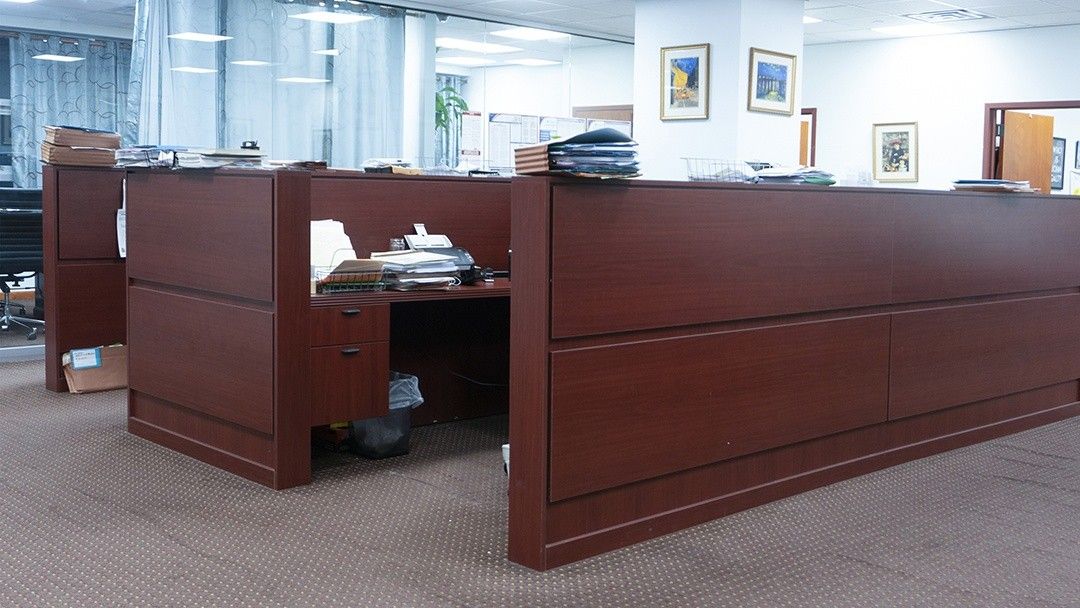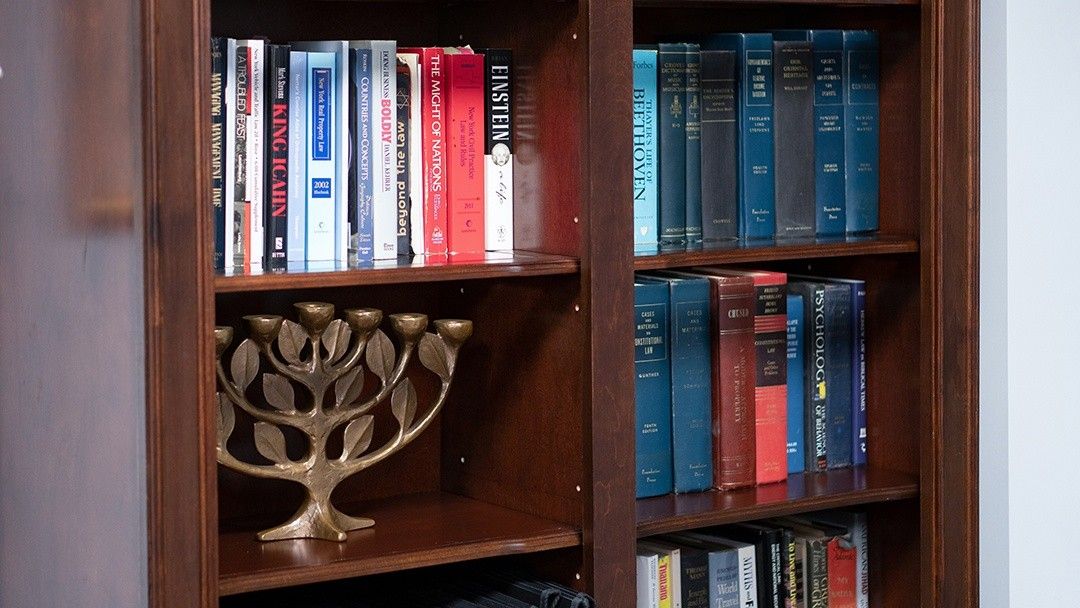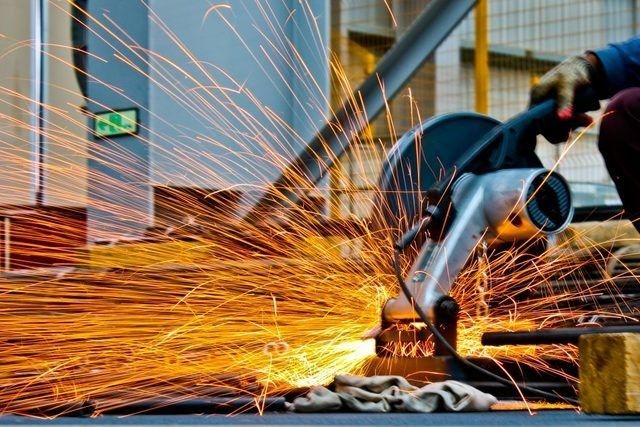Juno Storm Results in NYC Premises Liability Lawsuits
Winter storm Juno may lead to more premises liability claims
As winter storm Juno swept across New York and other parts of the Northeast, it left behind piles of snow and the possibility for premises liability claims. New York residents know that it is common for snow and ice to accumulate on sidewalks in the winter, but it may not be as commonly known that private property owners could be at least partially responsible for slip-and-fall accidents. When a person is injured on a sidewalk or driveway, the injured victim may consider filing a premises liability claim.
In New York City, residents are responsible for cleaning snow and ice off of walkways. Failure to do so could result in fines and even jail time. This also includes public property, such as sidewalks, that is adjacent to private property, such as a driveway or walkway. In the winter, it is especially important for homeowners and property owners to be vigilant and clear hazards that could harm others.
When a person is injured on personal property, the owner could be considered financially liable for damages, such as physical injuries and medical bills. Victims who are unsure of who or what played a role in their accident may benefit from seeking a complete evaluation with a Accident Attorney. This can provide a clear picture of legal options.
Identifying the liable party in a premises liability claim can be a complex process. For this reason, injured victims will likely benefit from seeking assistance as soon as possible after an accident. Icy sidewalks and snowy walkways are a common winter inconvenience in New York, but that does not diminish the personal responsibility of private property owners.
Source: Time, “The $300,000 Reason You Should Shovel Your Walkway ASAP“, Kerri Anne Renzulli, Jan. 27, 2015

